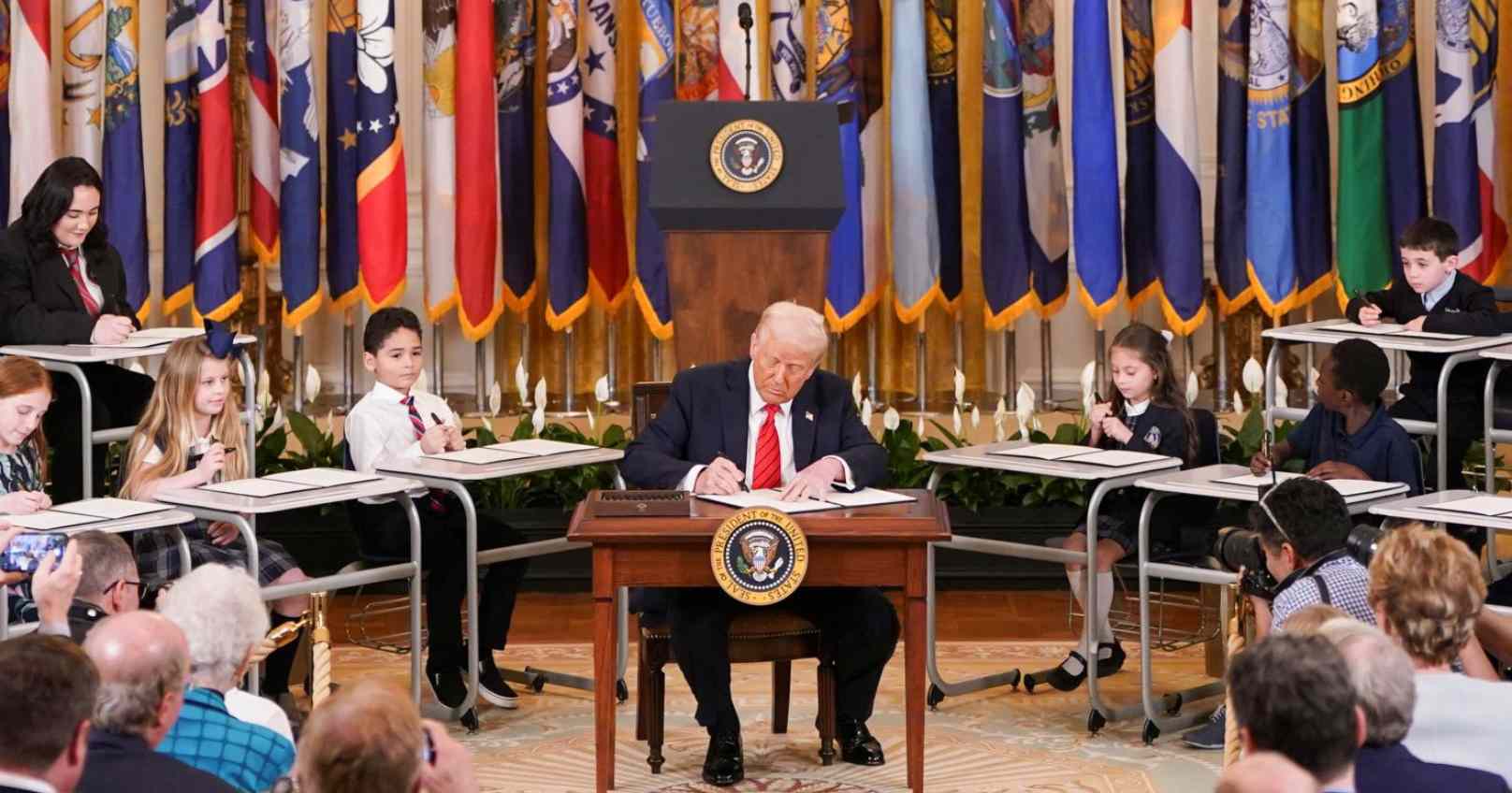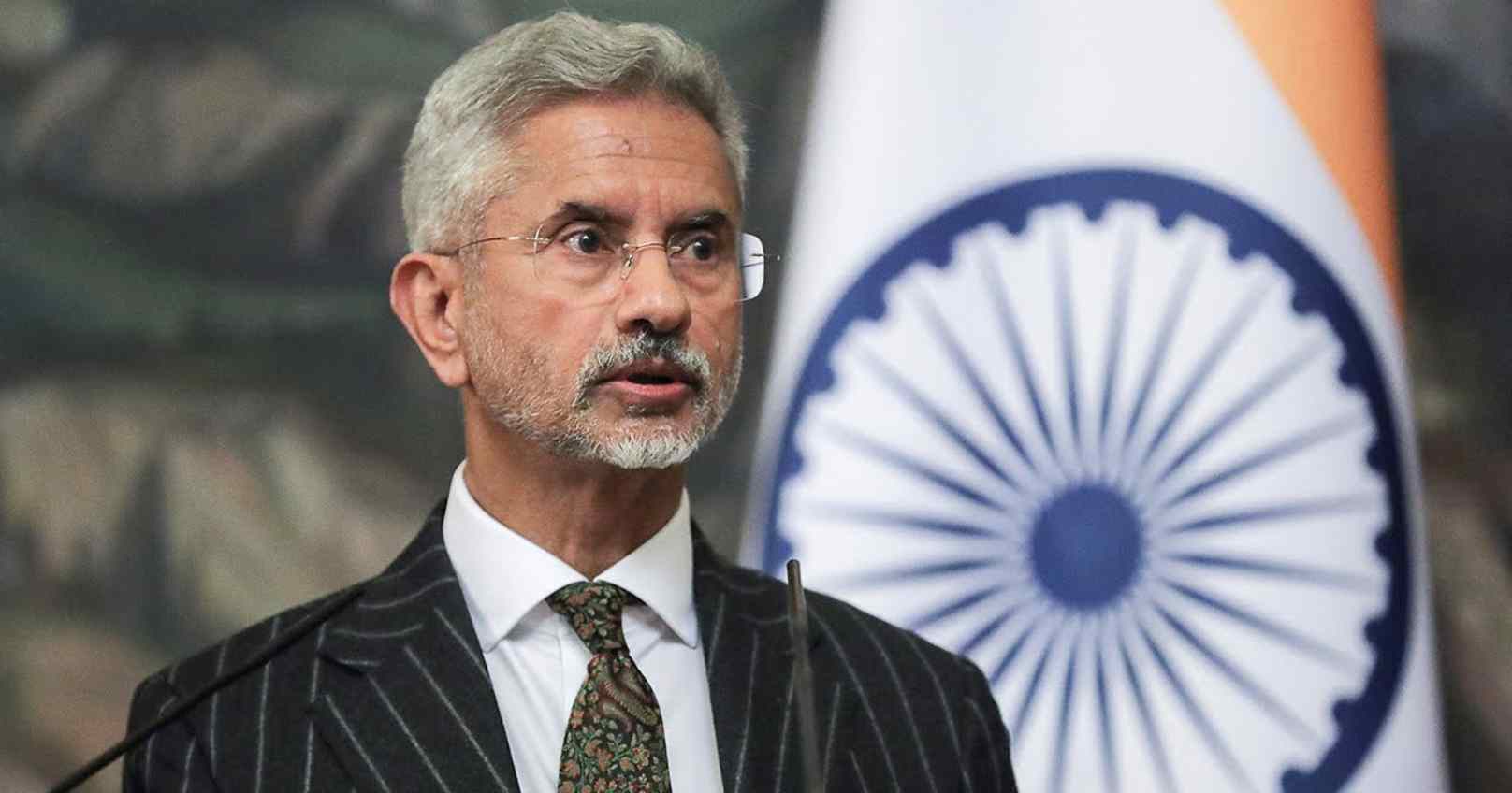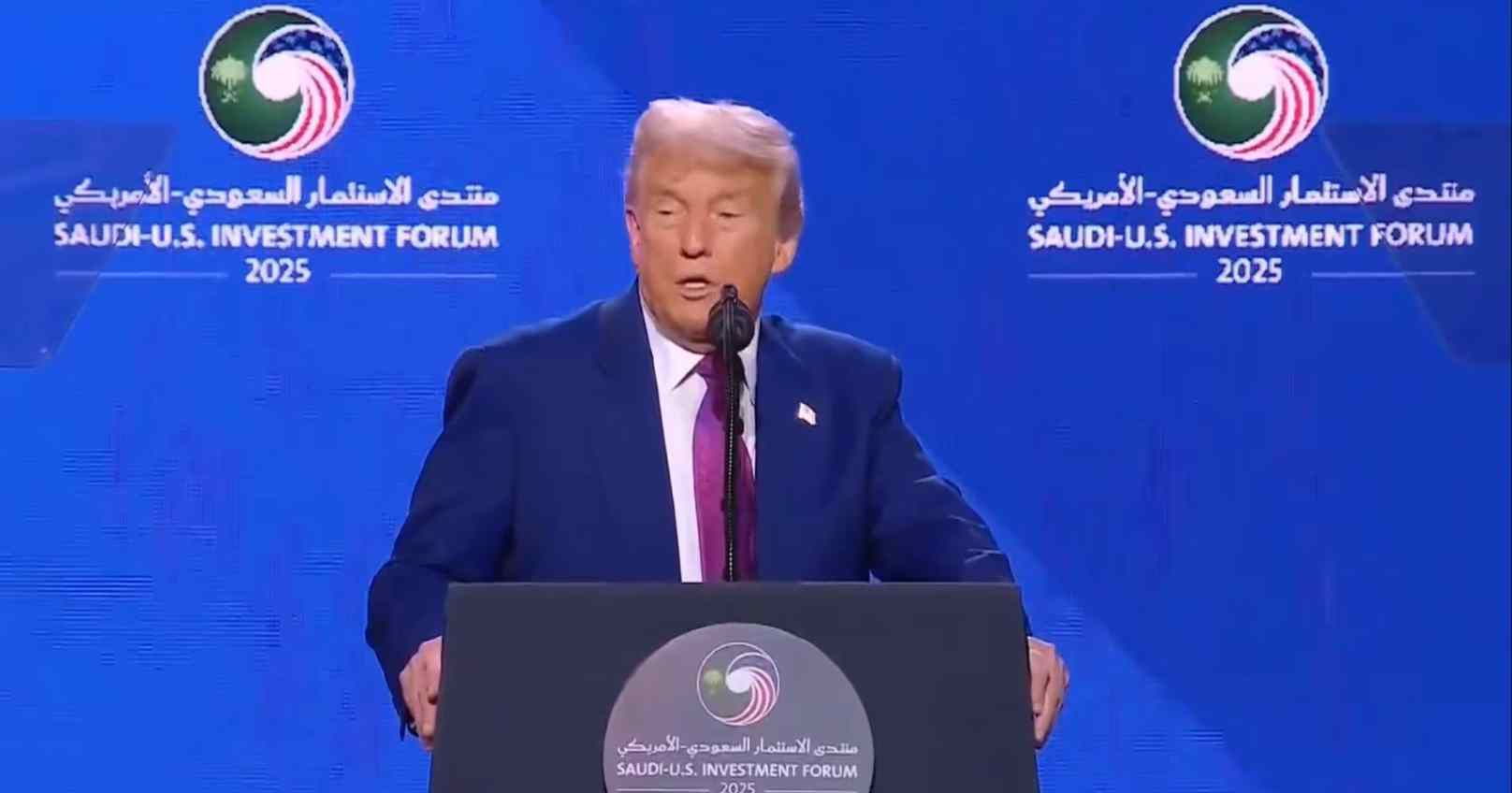Standing alongside students and educators, U.S. President Donald Trump signed an executive order on Thursday aimed at drastically reducing the role of the federal Department of Education. This move aligns with his long-standing campaign promise to conservatives, seeking to transfer education policy authority to state and local governments.
The order is expected to significantly downsize the department but does not fully eliminate it, as such an action would require congressional approval—a hurdle Trump currently lacks the votes to overcome.
Shifting Education Control to States
During the signing ceremony at the White House, Trump emphasized his commitment to returning decision-making power to individual states. “Education belongs at the state level,” he stated. The executive order follows the department’s recent announcement that nearly half of its workforce would be laid off, marking another step in Trump's broader effort to reshape federal governance.
Education remains a contentious issue in American politics, with conservatives advocating for school choice and reduced federal oversight, while liberal groups push for stronger public school funding and national education programs. The debate intensified during the COVID-19 pandemic, fueling deep political divides that Trump leveraged during his campaign.
Trump also made it clear that his goal is to drastically reduce the department’s responsibilities, leaving only essential functions like student loan administration, Pell Grants, and support for children with special needs. “We’re shutting it down as quickly as we can,” he said.
Legislative and Legal Challenges Ahead
Despite Republican control of both chambers of Congress, Trump would need bipartisan support in the Senate to secure the 60 votes required for the complete abolition of the department. At the signing event, he hinted that a congressional vote on the department’s future could be on the horizon.
Among those present were Republican governors, including Greg Abbott of Texas and Ron DeSantis of Florida, along with members of the conservative advocacy group Moms for Liberty.
However, opposition is strong. Teachers’ unions and Democratic lawmakers have vowed to challenge Trump’s efforts. Randi Weingarten, head of the American Federation of Teachers, responded to the executive order with a warning: “See you in court.”
Senator Patty Murray, a leading Democrat, accused Trump of attempting to dismantle the department through mass layoffs, stating, “He knows he can’t shut it down without Congress, but if he guts it, the effect will be just as harmful.”
Impact on Schools and Funding
The Department of Education oversees approximately 100,000 public schools and 34,000 private institutions, despite the fact that most public school funding—over 85%—comes from state and local sources. Federal aid, however, plays a crucial role in supporting schools in need, funding arts programs, and providing resources for students with disabilities.
Additionally, the department manages $1.6 trillion in student loans, which assist millions of Americans in affording higher education. The administration has also taken steps to cut funding for diversity, equity, and inclusion initiatives in universities, mirroring similar policies applied to federal agencies.
Public Reaction and Polling Data
Public sentiment does not appear to favor the closure of the Department of Education. A Reuters/Ipsos poll revealed that 65% of Americans oppose shutting down the department, compared to 30% in favor. The survey, conducted nationwide with over 4,000 participants, had a margin of error of roughly two percentage points.
States that backed Trump in the 2024 election rely more heavily on federal education funding, receiving an average of 15% of their K-12 budget from Washington, compared to 11% in states that voted for his Democratic opponent, Kamala Harris.
Programs targeting low-income students and children with special needs receive the largest share of federal education aid. Efforts to redirect these funds toward private and homeschooling options have faced resistance, even among conservative lawmakers. In March 2023, the House of Representatives overwhelmingly rejected such a proposal by a vote of 83-331, with more than half of Republican representatives opposing the measure.
As Trump moves forward with his plan to reduce the federal government’s role in education, legal battles and congressional negotiations are expected to shape the outcome of this controversial policy shift.







